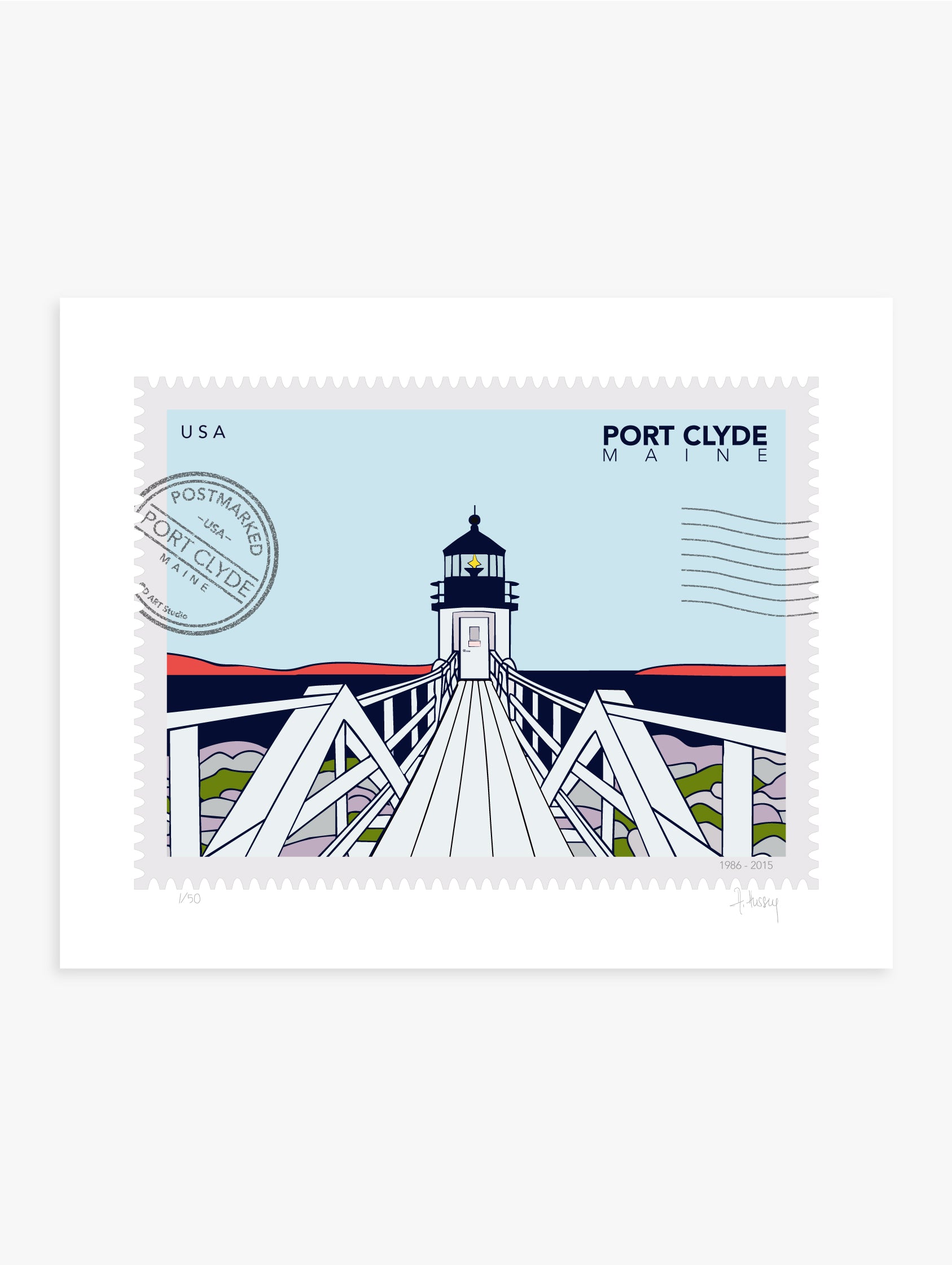Wicked cold, wicked bright: the lighthouse adventure at Marshall Point
We woke up in Port Clyde to a sky the color of old pewter, heavy with snow-promise, the kind that made Maine feel alive even in its quietest moments. The car heater sputtered, then finally hummed. Footprints crunched on the driveway as we set out toward Port Clyde, planning to reach the Marshall Point Lighthouse and Museum before the horizon disappeared into gray. Green inland roads gradually gave way to twisting coastal routes, the salt air growing stronger, the Atlantic wind already hinting at wicked cold.
The drive was part of the ritual. No matter where one started in Maine, heading toward Port Clyde meant leaving behind density: towns thinning, trees rising, the smell of wood smoke curling from chimneys. Eventually, the road narrowed, flanked by pines and bare maples, their skeleton branches black against snow. Signs for Knox County, St. George, Drift Inn Road, and finally Marshall Point Road appeared, each a small relief, a confirmation that we were on course. The wind rattled against the car windows, a low moan, followed by the crackle of tires on salt-treated pavement, which turned to crunch as we reached the approach to the lighthouse grounds.
Marshall Point Lighthouse stood at the entrance of Port Clyde Harbor in Penobscot Bay. We had learned that the station was established in 1832, when Samuel Marshall sold four acres of land to the U.S. government for $120. The first lighthouse was a simple rubblestone tower, just 20 feet tall, lit by seven lard oil lamps with 14-inch reflectors. That original tower was replaced in 1857 (or lit in 1858, depending on the source) with a sturdier structure: granite blocks below, brick above. The current light stood about 31 feet tall.
On this particular day, winter was in full voice. Snow had piled for two weeks, layered into wind-sculpted drifts, with lacework of ice on fence rails and broad sheets along the rock walls. We left the car in the lot, pulled our hoods tight over our ears, and walked the rough path toward the wooden walkway that led out to the lighthouse. The walkway had once been storm-damaged, according to Marshall Point’s website, but it had long since been repaired. The boards creaked underfoot, frosted edges squeaked, and the wind off Penobscot Bay carried salt, sharp as pepper, freezing our eyelashes.
We arrived at the lighthouse’s walkway: a raised wooden ramp sloping gently toward the white tower, crowned with its black lantern room. The tower’s paint was a chilled white, its granite base solid, the brick above still warm-toned where the muted afternoon light touched it. The lantern room stood dark, since in winter the museum and gift shop were closed (open only from summer through autumn). The grounds, however, were open “sunrise to sunset” year-round. No one could enter the tower, as it remained an active navigational aid managed by the U.S. Coast Guard.
Standing on the walkway, we peered out to sea. The gray horizon melted into the water, waves slapping faintly on pilings, sighing against rocks and shore. A seabird cried, a gull perhaps, wings flung wide, its call carried on the wind. Ice floated in shards, shimmering, bobbing on the tide. We felt the cold press through coats, gloves, and scarves. Faces burned bright, breath fogged thick. Yet there was satisfaction in that cold. This was Maine, after all. Wicked cold. It sharpened the senses and turned travel memories into something vivid.
There were moments when the clouds parted, sunlight tipping the tower, glinting on the frozen sea. Our breath caught. Light like this, striking white brick and granite, was rare in a Maine winter. We imagined how many visitors must have come in warmer months: leaf peepers, travelers, photographers who treasured lighthouses for their photogenic power.
We trudged back across the walkway, the wood creaking, the sea moaning against its supports. We paused beside the keeper’s house, where one could look back toward the mainland and the pine-tinted hills. Pine trees stood stoic, evergreen. One half-wished they might garner the same admiration as the lighthouse, yet perhaps they were content being always present, always cared for, always part of the Maine lifestyle. Still, it was the lighthouse that framed stories, that photographs captured, that marked travel memories.
As dusk approached, the sky deepened from pewter to slate to near-indigo. We watched lights from boats in the harbor flicker on. The black silhouette of the tower’s lantern room edged the sky, blinking or glowing faintly. We heard the steady rumble of waves, the boards underfoot contracting in the cold, the wind singing its constant chorus. The horizon seemed endless, sea meeting sky with no visible end.
Driving back, headlamps reflected off snow, tires crunched, and the windshield flicked with salt. We carried with us more than chill; we carried travel memories. Memories of the walk, the lighthouse, the hush, the salt, the snow. And we carried the idea that art could hold all of that. A print of Marshall Point, with its wooden walkway and ice-braced railings, was not just a picture; it was an invitation. An invitation to Maine, to travel, to feel cold the way it was meant to be felt.
After reaching home, we warmed our hands by the stove, sipped something hot, and knew that despite frozen toes and wind-stung faces, the day had been good. Wicked cold, yes, but perfect in its own way. I fell asleep remembering the light on the sea, the steps across the walkway, and the silhouette of Marshall Point against a winter sky. And tomorrow, when you looked up at one of those art prints, one of those large stamp-style prints on your wall, you too would feel it: this was Maine, this was travel, this was the way life should be.







